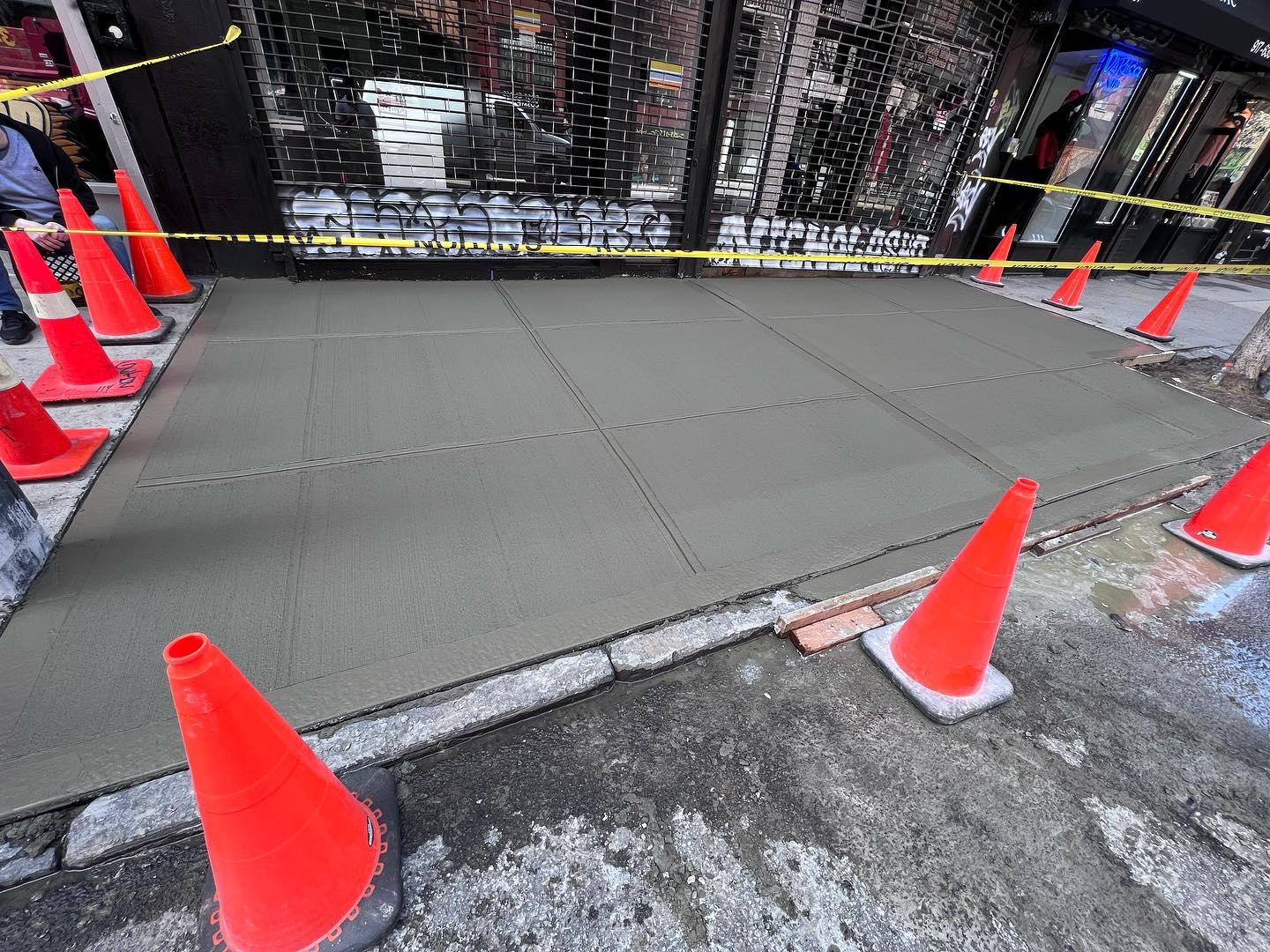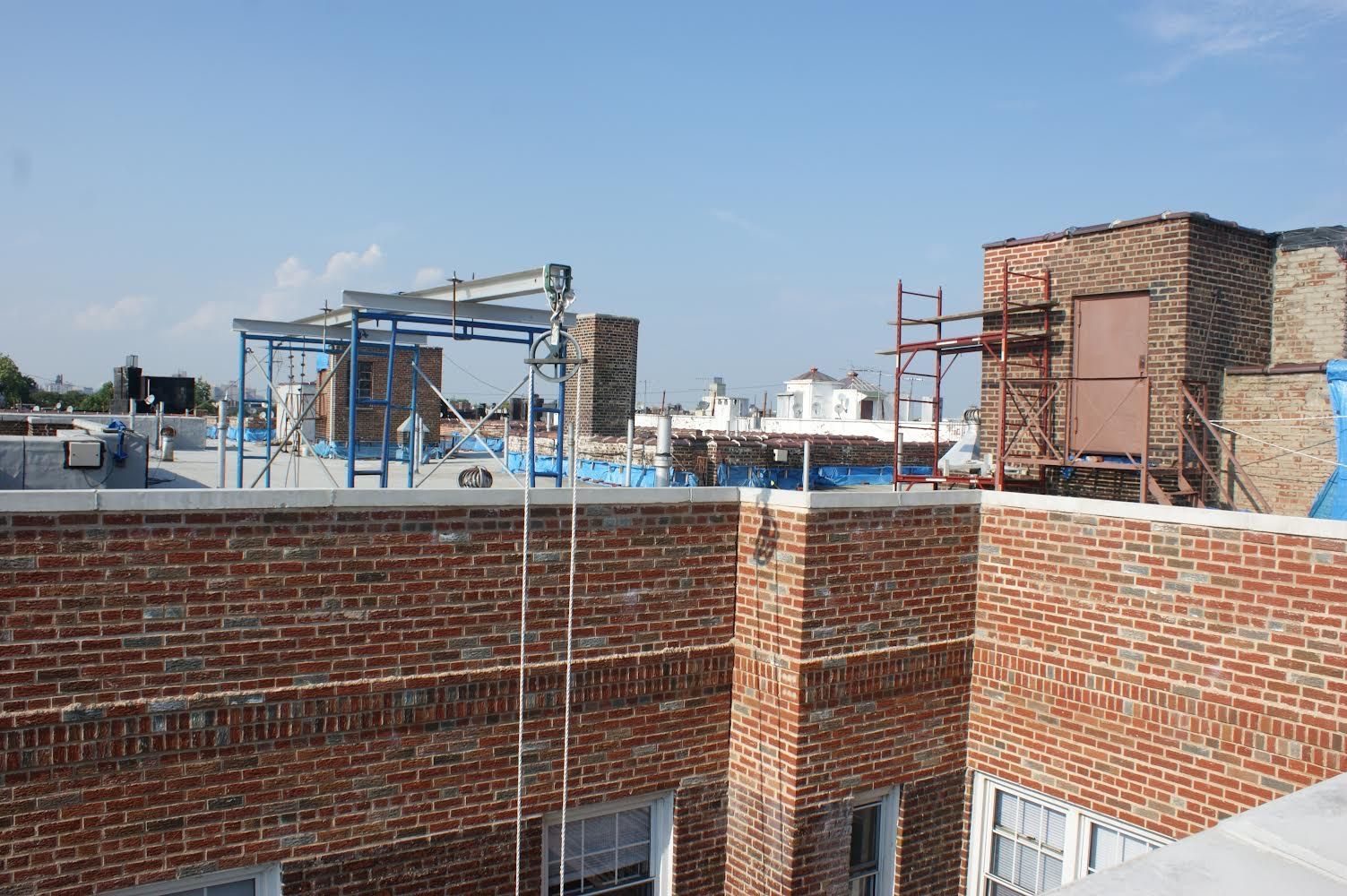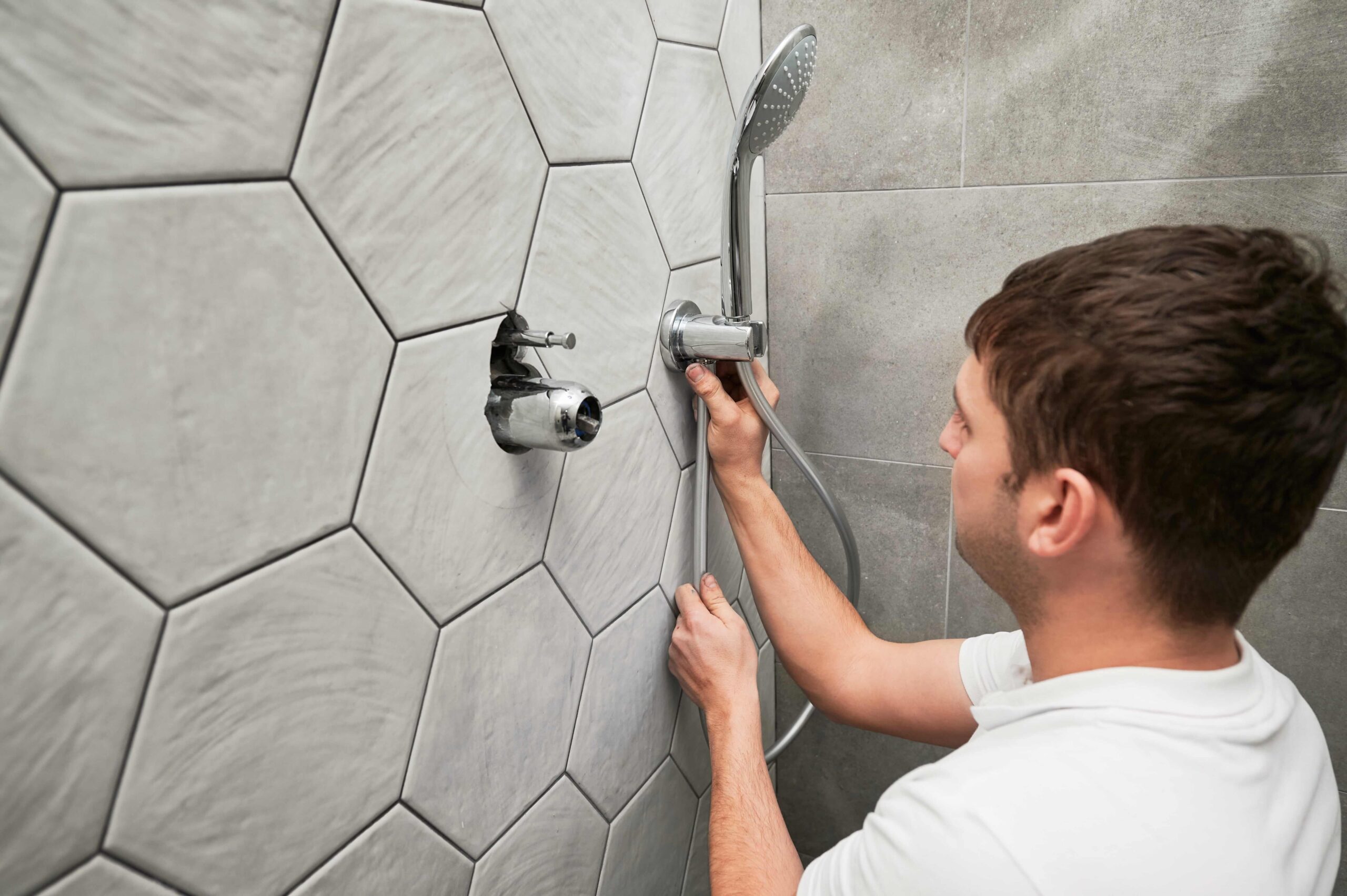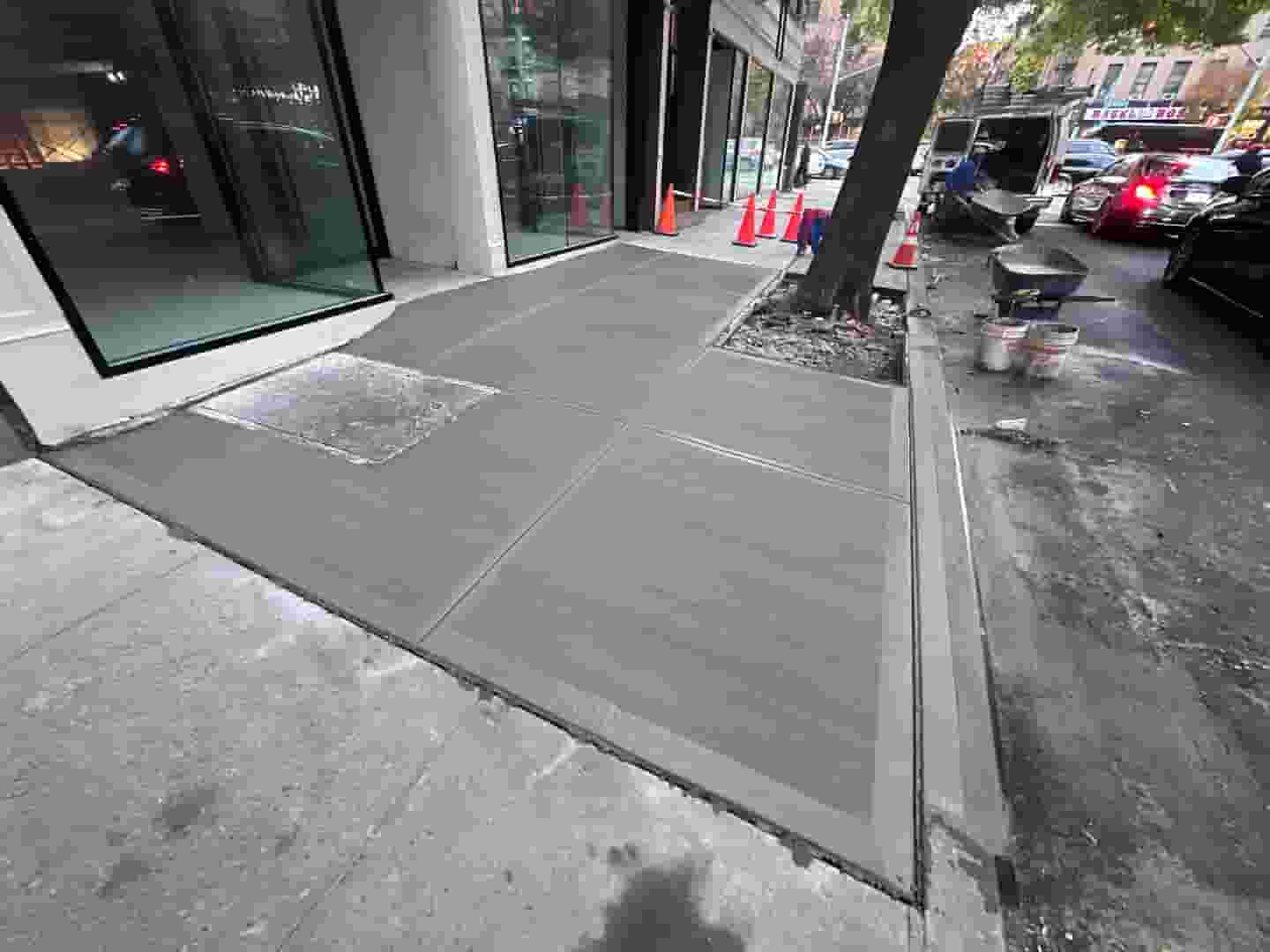
New York City is a living storybook that spans hundreds of years. From the Upper West Side’s stunning brownstones to Midtown’s grand Art Deco jewels, these historic buildings are more than just structures; they are quintessential living markers of culture. However, like with everything else, the passage of time, weather changes, and city life take a toll, particularly on the concrete features that serve as the framework to these architectural wonders.
The Art of Historic Concrete Repair NYC
While concrete repair is too commonly thought about in terms of filling in cracks and gaps, it is so much more than that when dealing with historic buildings. It takes understanding the construction, preserving the intended architecture, and sustaining the character that is why the building is irreplaceable.
Historic concrete often tells a fascinating story. The mix ratios, aggregate choices, and construction techniques used decades ago created unique textures, colors, and structural properties that modern concrete simply can’t replicate. Therefore, successful preservation requires balance between modern engineering prowess alongside old-world craftsmanship.
What Makes Historic Buildings Special?
New York City’s historic concrete buildings have unique challenges which require specialized solutions:
- Original materials: The concrete is often old, which means that its aggregates and cement types differ, making any repairs difficult.
- Architectural details: Ornate decorative features like cornices and moldings require precision restoration.
- Structural integrity: Age-related deterioration needs careful assessment to maintain safety without compromising character.
- Regulatory requirements: Landmark designations often dictate specific restoration approaches and materials.
Challenges in Concrete Repair NYC Projects
Every historic building presents its own puzzle. Take a 1920s apartment building with crumbling balcony railings—the repair isn’t just about structural safety. It’s about matching the original aggregate exposure, replicating the hand-troweled texture, and ensuring the color integration feels seamless with weathered surrounding areas.
Weather is another formidable opponent. NYC’s freeze-thaw cycles, salt exposure from winter de-icing, and the constant vibration from urban traffic create ongoing stress on aging concrete. Add in decades of previous repairs (some well-intentioned but poorly executed), and you’ve got a complex restoration challenge that demands both technical skill and artistic sensitivity.








